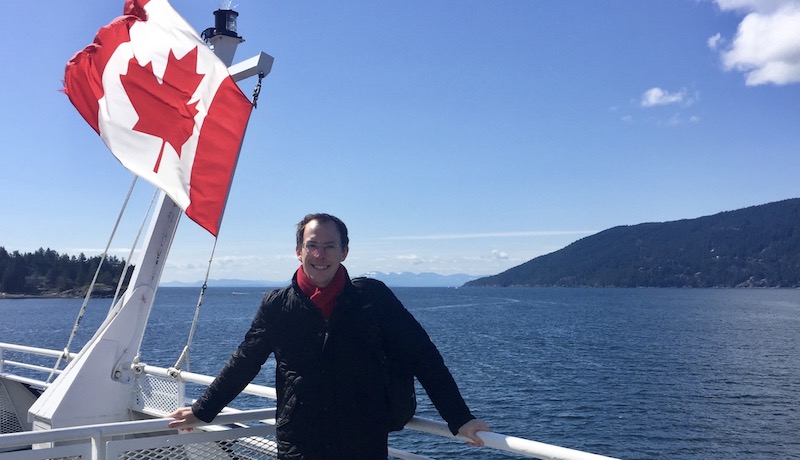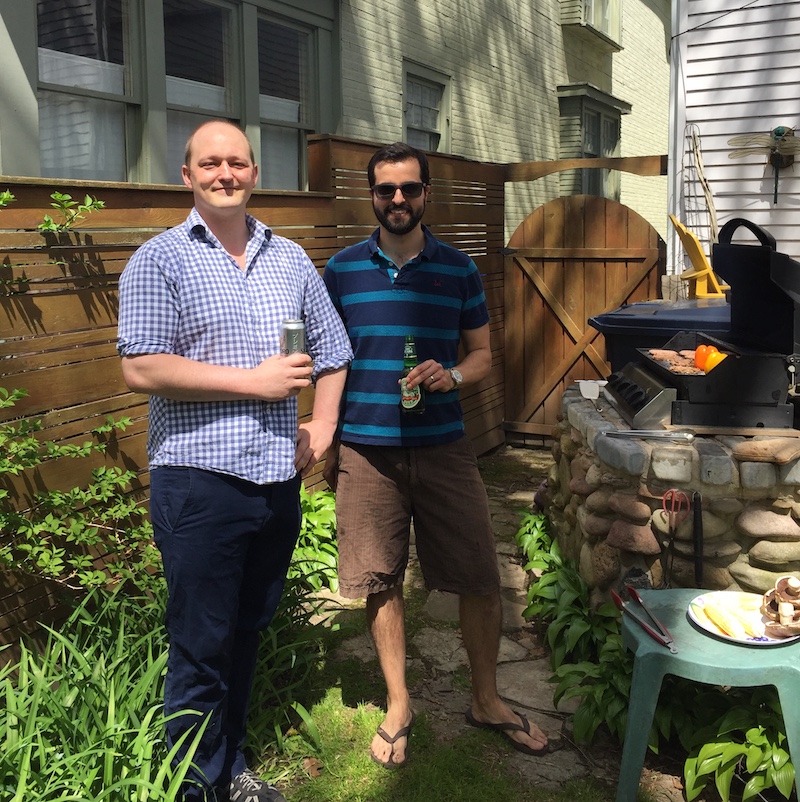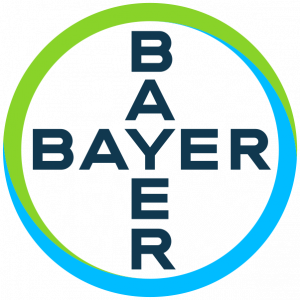by Dr Jonathan Weir-McCall and Jonathan Rodrigues , 2017
- Start early
- This cannot be overstated – most international fellowship applications open 2 years before the fellowship is due to start and have a fixed closing date for application. They also often require supporting references from your head of training and educational/clinical supervisors, so plenty of notice is required to co-ordinate all of this. This is often tricky as it is not always apparent at an early stage what you want to do in the long-term, however one option is a local fellowship/locum for a year if you miss the boat for an immediate post-CCT start date.
- Decide what you want from a fellowship
- Do you want clinical experience or research experience? Do you want to do coronary artery, structural heart disease or congenital imaging? Do you want to focus on single modality or multimodality? Many fellowships will offer a mixture of all of the above, however by the nature of the fellowships and the people running them at each centre, all will have their respective strengths and weaknesses in these fields.
- Decide where you would like to go
- This seems obvious, but will depend on your priorities and your answer to the previous question. Is the fellowship primarily to explore a new city, country and healthcare set-up, or is it to address training needs? Some fellowships will offer exemplary training but will pitch you into the middle of nowhere – not an issue if you want to spend all day reading scans and all night writing papers, but more of an issue if you want to travel and sightsee. Others will provide opportunities to explore new lands but may not be quite as specialist or high throughput as alternative centres.
- Talk to someone already there
- The international fellowship page on the BSCI website will contain some of the above information, but to truly get a feel for what a fellowship will entail, chatting to someone already doing it or having recently done it can’t be beaten. This should ideally be a current/recent fellow.
- Make sure you prepare and ask all the questions you want answering: common but often missed questions include – what is a working day / week like? What exact experience will I get? Is there an on-call commitment? What is the take home salary? Would you do the fellowship again? (this last one is an especially cogent question!)
- Contacting the fellowship co-ordinator at the centre of interest will often be the quickest and simplest way to reach the current fellows, this unless you already have contacts in the centre of interest. Establishing a point of contact with someone there is also invaluable for pointers on the regulatory requirements, and for suggestions of how/where to find accommodation further down the line. It also always impresses at interview if you demonstrate that you have done your homework and spoken to current / previous fellows about the position being advertised.
- Bulk up that CV
- The early applications mean that often there is little time to accumulate significant lines on the CV unless you have done an MD or PhD. However on the flip side all the other applicants will be in the same boat, and it therefore takes very little to stand out. Joining a committee (such as the BSCI junior committee!) and submitting a case of the month or an abstract to the BSCI annual meeting are easy ways in which to stand out, and the former provides invaluable contacts and insights, as well as demonstrating a clear interest in the specialty you are applying for.
- Be ready to travel
- A face to face meeting/interview at the unit of interest is invaluable in demonstrating a clear commitment and making a far more striking impression than a Skype interview, and makes a substantial impact on the interviewers. The appointment process is also not as formal as being appointed to a training number; as soon as a training centre has interviewed a candidate that would be a good fit, they may well make an offer. So make sure you try and arrange your interview promptly.
- Finances
- Fellowships are an incredible and rewarding experience that will stand you in good stead for future careers, but such rewards come with a cost. The process is expensive – a combination of VISAs, medical registration, a salary lower than you are used to, and increased outgoings while you make the most of your new surroundings all add up to more outgoings than incomings in almost all fellowship situations. We mention this not to put anyone off (after all this is being written by people who have all undertaken a fellowship and would do so again) but forewarned is forearmed.
- Consider a second year
- This may seem daunting when a fellowship in the first instance is quite such a leap, however the majority of the workload in putting together a fellowship is actually satisfying all the regulatory requirements of the country you are visiting. Adding a second year of fellowship doubles the experiences you gain, while adding minimal cost or complexity to the application process. Application for the second year will also be much easier when the second centre knows you will have been trained for an additional year at another high profile centre.
- Be confident
- Sometimes it can be intimidating when applying to an esteemed International Imaging centre. However, remember that the NHS is highly regarded around the world and the training you will have received in the UK is of a very high standard. The FRCR and MRCP are seen a International benchmarks of clinical quality. Centres are looking for a fellow, not a Consultant / Attending colleague. You don’t have to be the finished article; the fellowship is designed to help get you there. Be confident, be enthusiastic and good luck!







